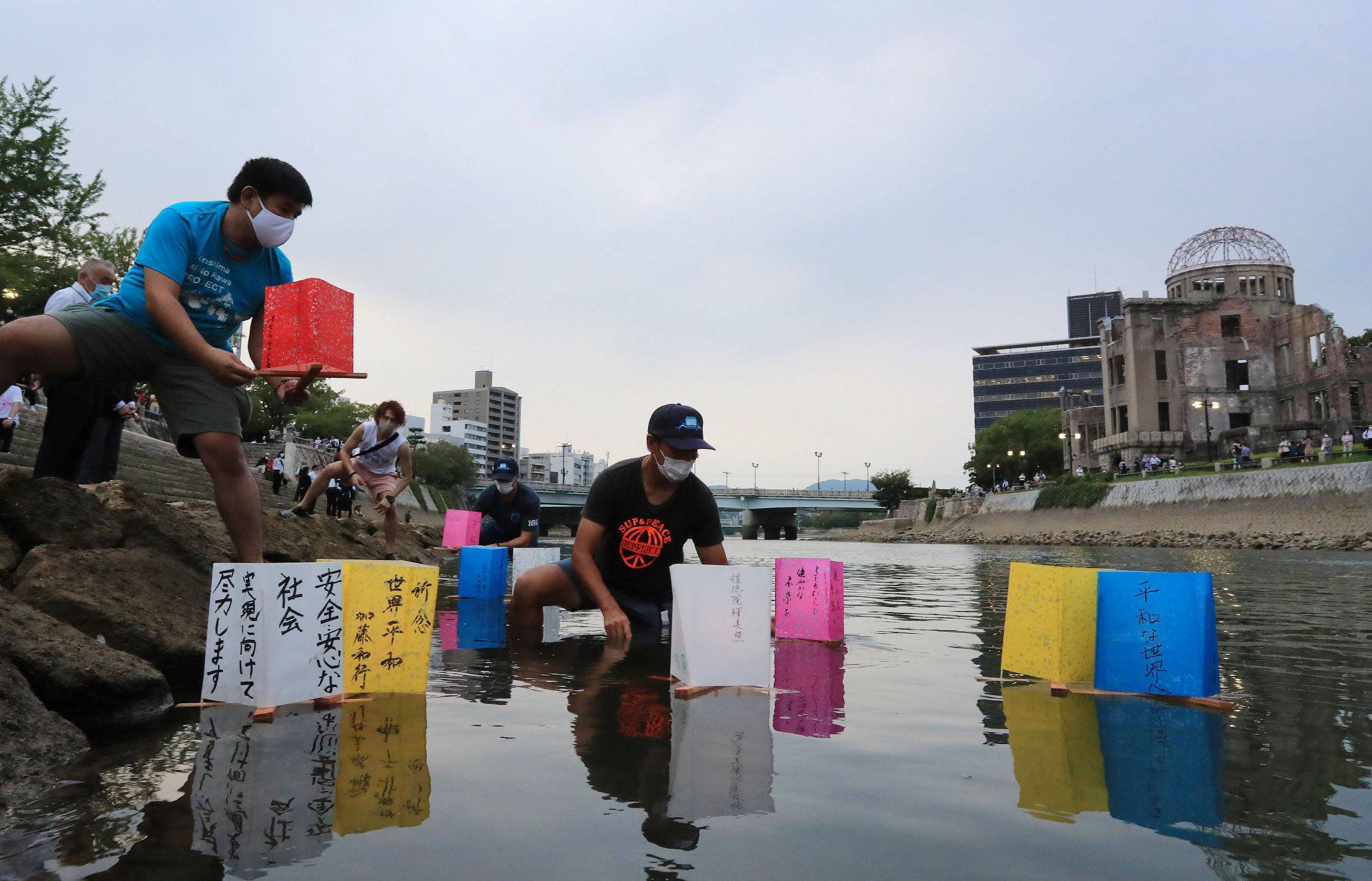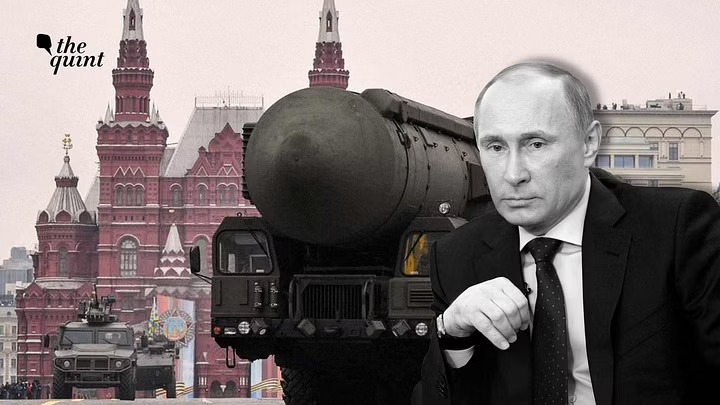The treaty’s nuclear weapon states have paid lip service to nuclear disarmament, ignoring criticism from anti-nuclear activists, including the Global Zero movement, which campaigns for a world free of nuclear weapons – an elusive Holy Grail.
The treaty provides for reviews every five years and its non-nuclear weapon state members have been increasingly dismayed by the N5’s reluctance to honour their commitment. What is significant about this review conference is the emergence of a group of nations which have piloted a new nuclear weapon ban treaty at the UN.
Called the Treaty on the Prohibition of Nuclear Weapons (TPNW), the legally binding international agreement brings into focus some of the most critical global security issues – the catastrophic consequences of nuclear weapons and the often ignored humanitarian dimension.
In a rare but significant castigation, UN Secretary-General Antonio Guterres at the TPNW meeting last month denounced nuclear weapons as a “global scourge” and a “deadly reminder of countries’ inability to solve problems through dialogue and collaboration”.
The TPNW has 66 states and 86 signatories and this group will lock horns with the nuclear weapon states which remain sceptical about disarmament. The divide within the N5 will further exacerbate matters at the NPT Review Conference.
The war in Ukraine has revealed the depth of animosity and hostility between the US and its allies against Russia, and this is further compounded by US-China tensions. The US and Russia have the largest nuclear arsenals, followed by China, whose arsenal is at a distant third – but ramping up.
Japanese Prime Minister Fumio Kishida is expected to address the NPT Review Conference and this will be deeply symbolic, given that he represented Hiroshima as a legislator. Japan has an anomalous position, wherein Tokyo remains wedded to nuclear disarmament but is constrained to accept the US nuclear umbrella for its security.
The global nuclear reality is that the nuclear weapon states refuse to reduce the salience of nuclear weapons in their security doctrines and, on the contrary, are increasing the size and lethality of their arsenals.
The post-Cold War lesson internalised by vulnerable nations is that the possession of nuclear weapons is an insurance against regime change, and that Iraq and Ukraine are illustrative examples. Hence Iran and North Korea pose a challenge to the binary of the nuclear non-proliferation treaty, and thus Kishida’s determination to serve as a bridge between nuclear-weapon states and non-nuclear-weapon states in striving for a world without nuclear weapons may remain unrealised.
Major-power dissonance is growing across the spectrum and the sagacity of leadership is inversely proportional to the scale of the challenge. Short-term domestic agendas are driving decision-making and, in this disturbing geopolitical flux, the need to quarantine the nuclear weapon to its core mission of deterrence is critical and urgent. One can only hope that the 10th NPT Review Conference does not crash and burn.
Illustration: Craig Stephens




